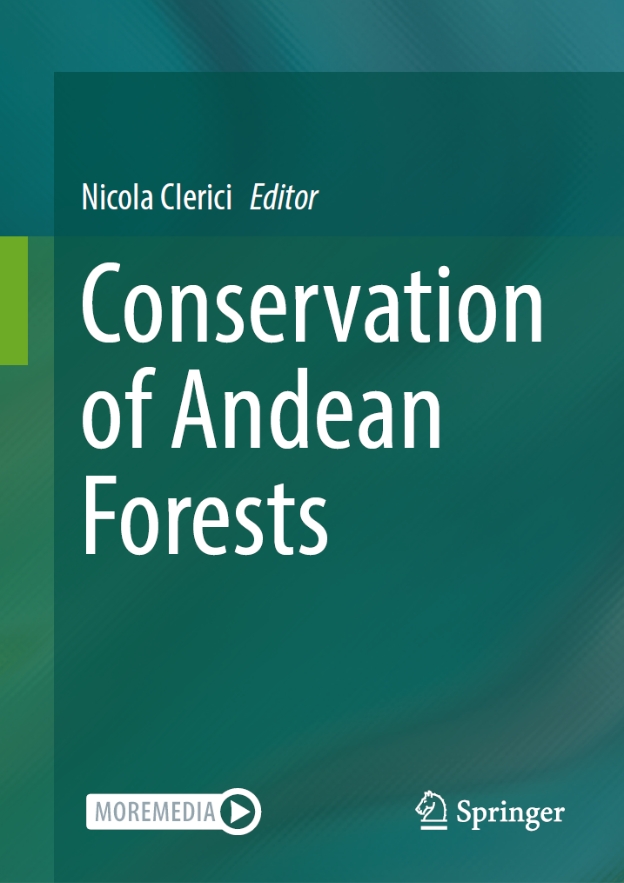General patterns of forest dynamics and productivity in the Andes Mountains are poorly characterized. Here we present the first large-scale study of Andean forest dynamics using a set of 63 permanent forest plots assembled over the past two decades. In the North-Central Andes tree turnover (mortality and recruitment) and tree growth declined with increasing elevation and decreasing temperature. In addition, basal area increased in Lower Montane Moist Forests but did not change in Higher Montane Humid Forests. However, at higher elevations the lack of net basal area change and excess of mortality over recruitment suggests negative environmental impacts. In North-Western Argentina, forest dynamics appear to be influenced by land use history in addition to environmental variation. Taken together, our results indicate that combinations of abiotic and biotic factors that vary across elevation gradients are important determinants of tree turnover and productivity in the Andes. More extensive and longer-term monitoring and analyses of forest dynamics in permanent plots will be necessary to understand how demographic processes and woody biomass are responding to changing environmental conditions along elevation gradients through this century.





